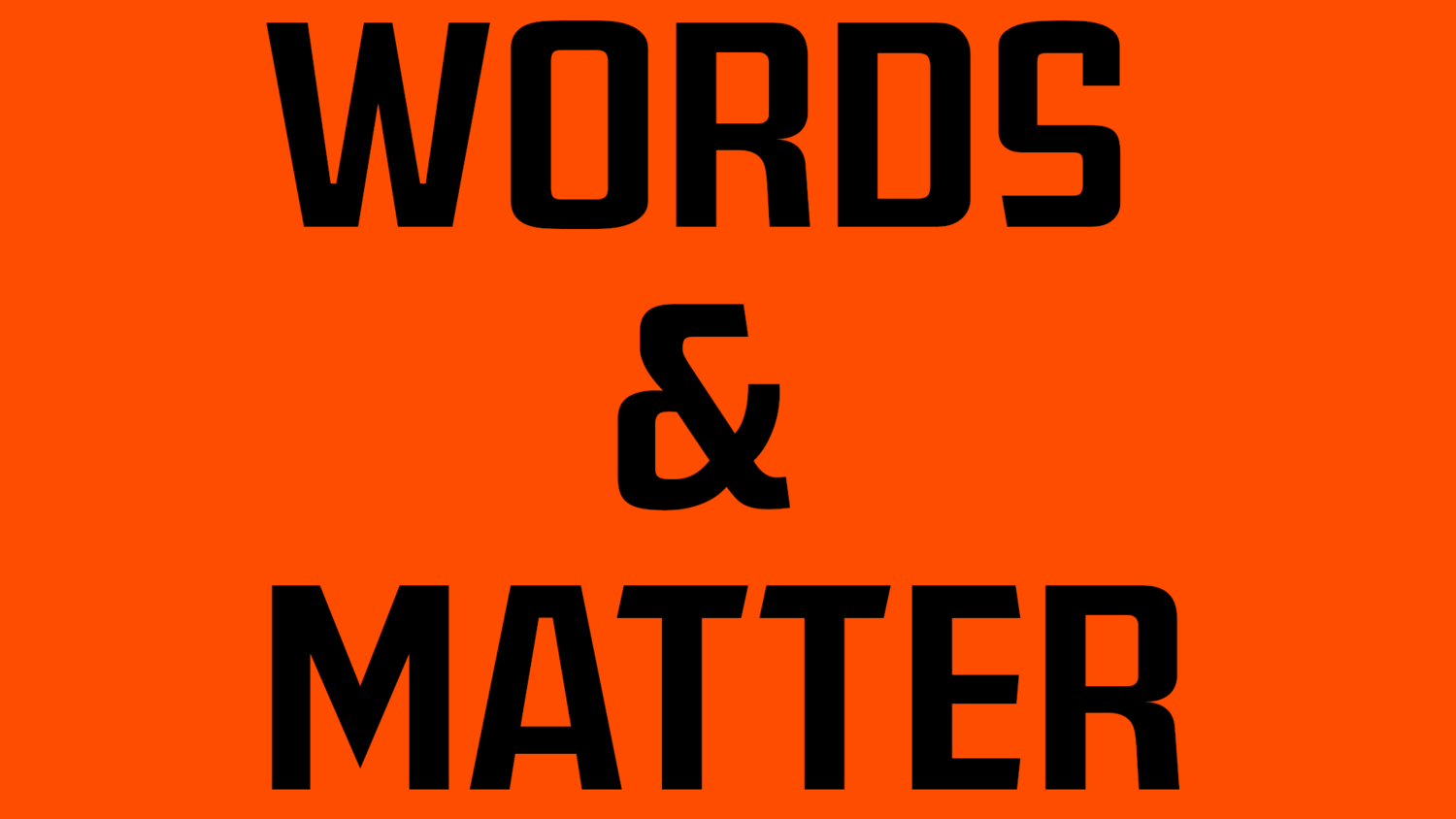Gendered reading bias fueled by 'ignorance' says Shannon Hale
/BESTSELLING American YA fantasy author, Shannon Hale, has had her say on ‘boy’ and ‘girl’ books in a post where she comments gendered reading biases are born from ignorance.
It’s a fair comment we feel, and an important one to understand.
Shannon Hale’s works include The Princess In Black series and Real Friends
In a week where it’s been reported 2021 saw unprecedented levels of attempted book bans in America, it’s fair to say a bit more awareness about how and why people young and old read the books they do is useful.
When it comes to children's fiction, an area in which developing minds are trying to explore, learn and enjoy themselves, we’d hope that they can be given the freedom to read books that interest them, regardless of protagonist or topic.
After all, it would be bizarre to claim girls couldn’t read Harry Potter books, or boys His Dark Materials because one has a Harry and the other a Lyra leading the tales.
Multiple award-winning author Shannon Hale holds more expertise in the area than we do, and has made it clear in a post on Publishers Weekly that labelling titles ‘boy’ books and ‘girl’ books really isn’t helpful.
And yet it continues to happen.
Hale recalls: “A couple of years ago, a helpful industry professional let me know that gendered reading wasn’t an issue anymore. ‘We’ve moved past that, you don’t need to keep talking about it.”
She adds that the very same week five ladies, each with at least one son and daughter, visited her home office to work on various projects.
“…as copies of my books were in the room, I offered to sign some for their kids as a thank you. Every single one asked me to sign them to their daughter.”
Shannon Hale (credit: Larry D. Moore 2016 under CC BY-SA 4.0.)
Hale doesn’t specify which book of hers, but here’s the thing. Does it matter? And does she being a woman matter either? Not really.
“When I learned their sons were also the target age of the books, I asked if I could sign one for them as well. It was almost comical how identical their reactions were. Uncomfortable. Confused. More than one even spoke those words: ‘But… it’s a girl book.’”
The author goes on to state books were eventually taken for the womens’ sons and one even reported their son enjoyed the book.
Good stuff. As a boy of around 11, I (Kevin - Ed) really enjoyed Hunter Davies’ Ossie books. When I’d read them all, I wanted more books by Hunter to engage with and ravenously devoured his Flossie Teacake series.
I didn’t consider them ‘girl’ books, and I’m sure I wouldn’t have cared if the author wasn’t a man.
In any case, Hale ends her piece relaying that when she speaks to kids regarding ‘boy’ and ‘girl’ books she asks:
‘“If a book is about robots, does that mean only robots can read it?”
“NO!” (Kids love shouting no. I love to give them opportunities to shout no.)
“If a book is about cats, can only cats read it?”
“NO!”
“If a book is about a boy, can only boys read it?”
“NO!”
“What if it’s about a girl?”
It’s very simply logic. The lie of the ideology is exposed. The kids get it. And so do the adults, eventually. It just takes a lot of teaspoons.”’
The full, nuanced, piece by Hale is absolutely worth your time to read if you have five additional minutes.
Don’t forget that Easter is approaching and Hive has some book ideas for children.
And World Book Night is approaching. Not just for children, but for everyone who loves books.




